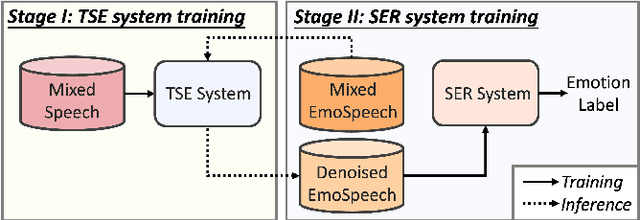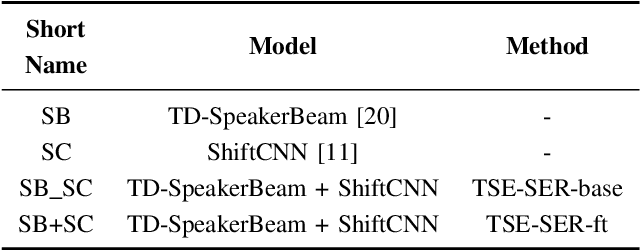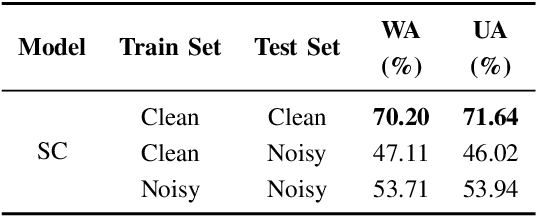Jinyi Mi
Improved Architecture for High-resolution Piano Transcription to Efficiently Capture Acoustic Characteristics of Music Signals
Sep 29, 2024Abstract:Automatic music transcription (AMT), aiming to convert musical signals into musical notation, is one of the important tasks in music information retrieval. Recently, previous works have applied high-resolution labels, i.e., the continuous onset and offset times of piano notes, as training targets, achieving substantial improvements in transcription performance. However, there still remain some issues to be addressed, e.g., the harmonics of notes are sometimes recognized as false positive notes, and the size of AMT model tends to be larger to improve the transcription performance. To address these issues, we propose an improved high-resolution piano transcription model to well capture specific acoustic characteristics of music signals. First, we employ the Constant-Q Transform as the input representation to better adapt to musical signals. Moreover, we have designed two architectures: the first is based on a convolutional recurrent neural network (CRNN) with dilated convolution, and the second is an encoder-decoder architecture that combines CRNN with a non-autoregressive Transformer decoder. We conduct systematic experiments for our models. Compared to the high-resolution AMT system used as a baseline, our models effectively achieve 1) consistent improvement in note-level metrics, and 2) the significant smaller model size, which shed lights on future work.
Two-stage Framework for Robust Speech Emotion Recognition Using Target Speaker Extraction in Human Speech Noise Conditions
Sep 29, 2024



Abstract:Developing a robust speech emotion recognition (SER) system in noisy conditions faces challenges posed by different noise properties. Most previous studies have not considered the impact of human speech noise, thus limiting the application scope of SER. In this paper, we propose a novel two-stage framework for the problem by cascading target speaker extraction (TSE) method and SER. We first train a TSE model to extract the speech of target speaker from a mixture. Then, in the second stage, we utilize the extracted speech for SER training. Additionally, we explore a joint training of TSE and SER models in the second stage. Our developed system achieves a 14.33% improvement in unweighted accuracy (UA) compared to a baseline without using TSE method, demonstrating the effectiveness of our framework in mitigating the impact of human speech noise. Moreover, we conduct experiments considering speaker gender, showing that our framework performs particularly well in different-gender mixture.
 Add to Chrome
Add to Chrome Add to Firefox
Add to Firefox Add to Edge
Add to Edge